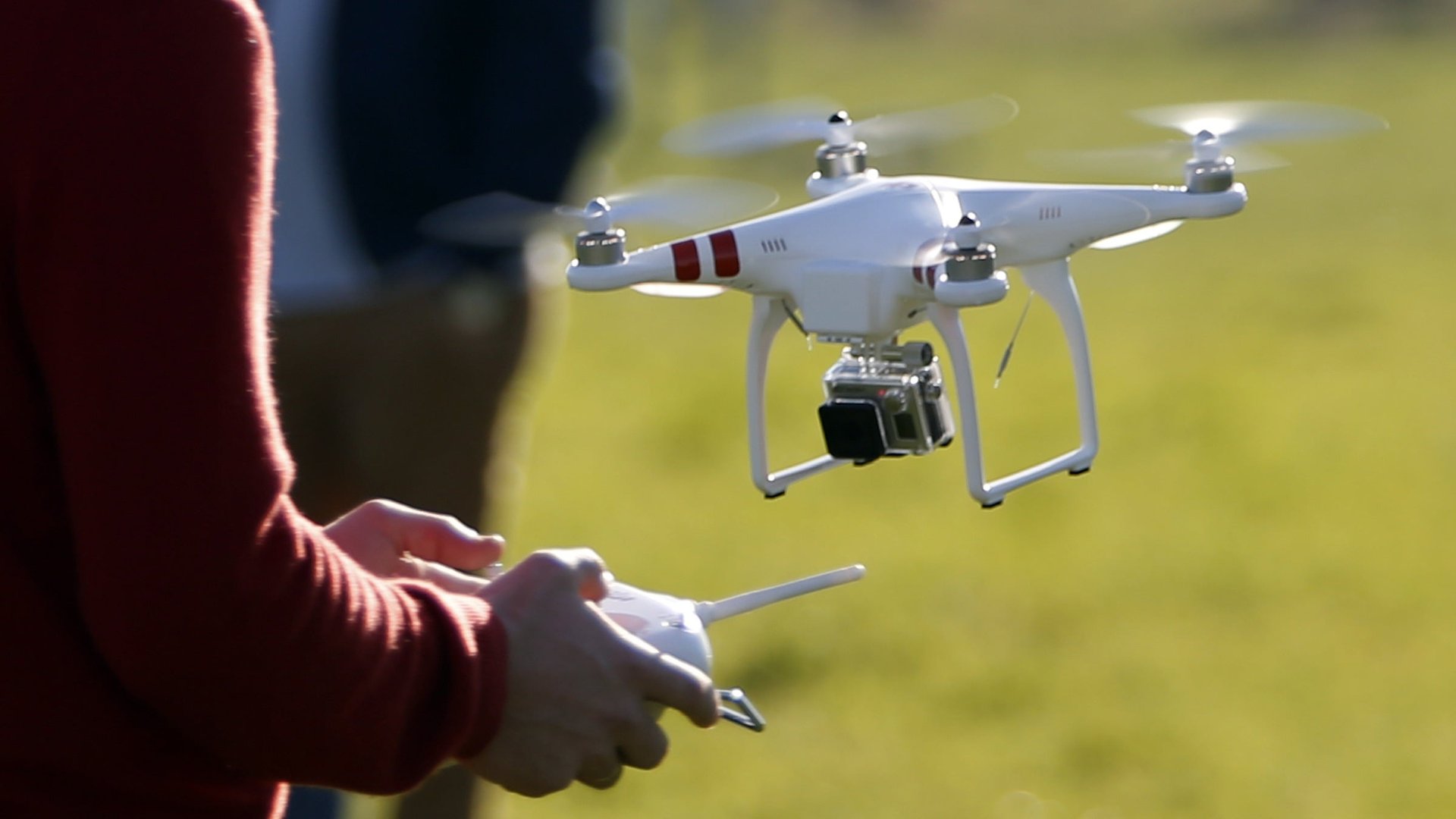Why are US regulators afraid of drones that look for missing kids?
Since 2005, not-for-profit Texas EquuSearch (TES) has used drones as part of its volunteer search-and-rescue efforts across the US. In 2012, a single 15-minute flight located the body of Devon Davis, a missing two-year-old. The boy, who was spotted by the color of his shirt, had been missed by those searching the area in kayaks. TES’s five pound, remote controlled aircraft was able to take aerial photos cheaply and quickly, with no need for a helicopter or added manpower.


Since 2005, not-for-profit Texas EquuSearch (TES) has used drones as part of its volunteer search-and-rescue efforts across the US. In 2012, a single 15-minute flight located the body of Devon Davis, a missing two-year-old. The boy, who was spotted by the color of his shirt, had been missed by those searching the area in kayaks. TES’s five pound, remote controlled aircraft was able to take aerial photos cheaply and quickly, with no need for a helicopter or added manpower.
That kind of success hasn’t convinced the Federal Aviation Administration (FAA) that TES’s drones should be allowed to fly without agency supervision. And in February, TES received an email from the FAA informing it that its use of drones was illegal.
The heart of the FAA’s argument is that TES’s drones are “commercial” and therefore not exempt from regulation under a special law that allows model aircraft enthusiasts to fly their devices without filing flight plans or earning pilot certifications. But the agency is likely to have a harder time making its argument stick going forward.
In response to the FAA’s February email, TES retained New York law firm Kramer Levin Naftalis & Frankel LLP. TES’s attorney, Brendan Schulman, is a longtime amateur drone enthusiast. Schulman sent his own letter to the FAA (pdf), which TES made public in April. Schulman argued that as a non-profit, humanitarian group TES should be allowed to use lightweight drones as it sees fit.
Because the FAA has yet to submit regulations that specifically apply to small, unmanned aircraft flying at less than 400 feet, its power to halt drone users is unclear, although the agency insists that existing regulations give it the needed authority. The difference between “drones” and the aircraft that model airplane hobbyists use freely is undefined—and, Schulmann argues, nonexistent.
Moreover, the actual risks of drones of this size are negligible, Schulman says. The devices are essentially small model airplanes with cameras attached, and operators fly them at heights of less than 400 feet (to avoid regular air traffic) and within their line of sight. And the drones make a valuable addition to search and rescue efforts: TES has used drones to spot 11 deceased missing persons over the past nine years. It’s also used drones to pre-check areas for hazards before human volunteers go in. “I’m puzzled by the position of the FAA here,” Schulman says, “because it’s a totally effective, cheaply operated tool.”
Schulman also disputes the FAA’s assertion that TES is a commercial enterprise. ”It’s hard to tell what they’re saying is illegal here,” Schulman countered, in a recent interview. “It may be that the FAA views this as a use of drones for business purposes, though I would dispute that.” In fact, TES doesn’t take payment for its work. “This is a drone operator donating his time,” Schulman says, “and the drone is a donated piece of equipment.”
“A private pilot can volunteer to fly in a search without asking the FAA or coordinating with the police,” Schulman says. “It makes no sense that a model aircraft operator can’t do the same thing for the purpose of assisting a family in need.”
An FAA representative told Quartz on April 14 that for TES’s search-and-rescue work to be legal, the firm would have to be contracted by a government entity, which could then apply for an emergency certificate to allow drone use. But the courts may soon undercut the agency’s standing to regulate drones, commercial or otherwise.
The agency is currently in the process of appealing Schulman’s previous case, where he represented a professional photographer who uses drones to take aerial shots. The National Transportation Safety Board dismissed the FAA’s charge of careless or reckless aircraft operation, along with the $10,000 civil penalty that came with it.
For now, the FAA is in a confusing spot: Since the agency has been slow to release new regulations, it will be difficult to make any legal action against small unmanned aircraft stick. “This so-called ban of commercial drones,” Schulman says, “is really just a policy statement—a piece of paper. It’s not a regulation that’s binding as law. Making these regulations has been on the FAA’s schedule for nearly a decade.” Until new regulations are proposed, drones will remain in a murky gray area of legality. And meanwhile, other nations are quickly overtaking the US in developing novel uses for the technology.